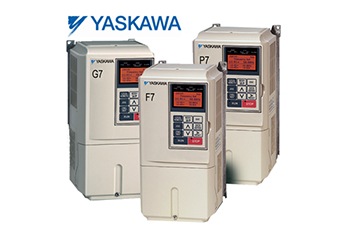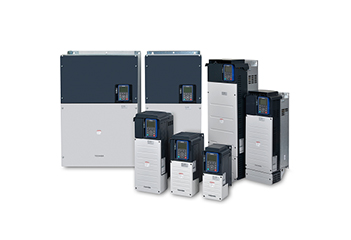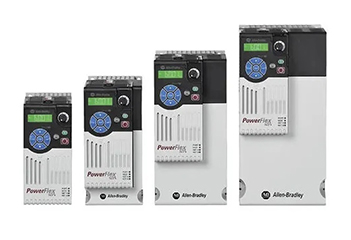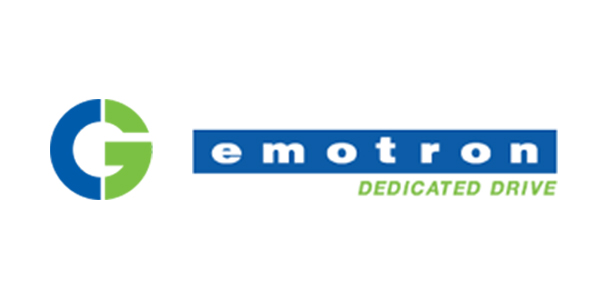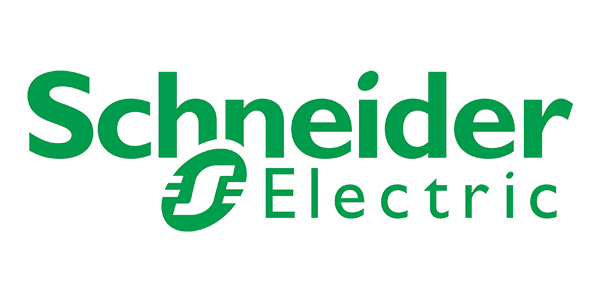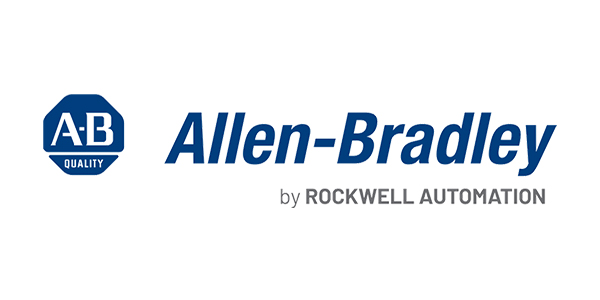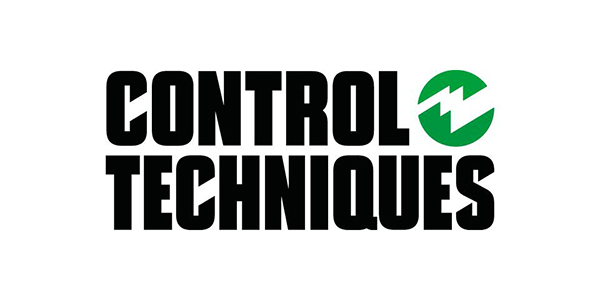Variable Frequency Drive (VFD)
A variable frequency drive (VFD) is a type of motor controller that drives an electric motor by varying the frequency and voltage of its power supply. The VFD also has the capacity to control ramp-up and ramp-down of the motor during start or stop, respectively. Even though the drive controls the frequency and voltage of power supplied to the motor, we often refer to this as speed control, since the result is an adjustment of motor speed.
There are many reasons why we may want to adjust this motor speed.
For example, to
- Save energy and improve system efficiency
- Convert power in hybridization applications
- Match the speed of the drive to the process requirements
- Match the torque or power of a drive to the process requirements
- Improve the working environment
- Lower noise levels, for example from fans and pumps
- Reduce mechanical stress on machines to extend their lifetime
- Shave peak consumption to avoid peak-demand prices and reduce the motor size required
In addition, today’s drives integrate networking and diagnostic capabilities to better control performance and increase productivity. So, energy savings, intelligent motor control and reduction of peak-current drawn are three great reasons to choose a VFD as the controller in every motor-driven system.
The most common uses of a VFD are for control of fans, pumps and compressors, and these applications account for 75% of all drives operating globally.






